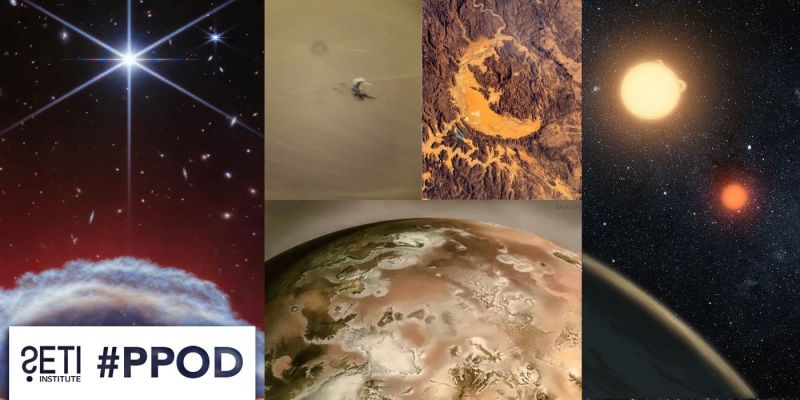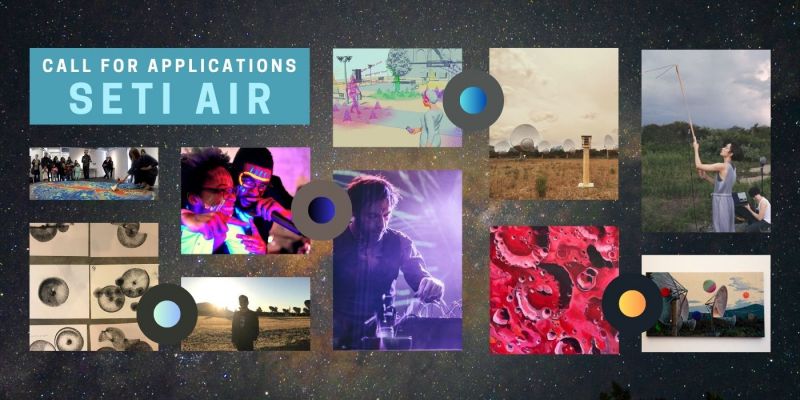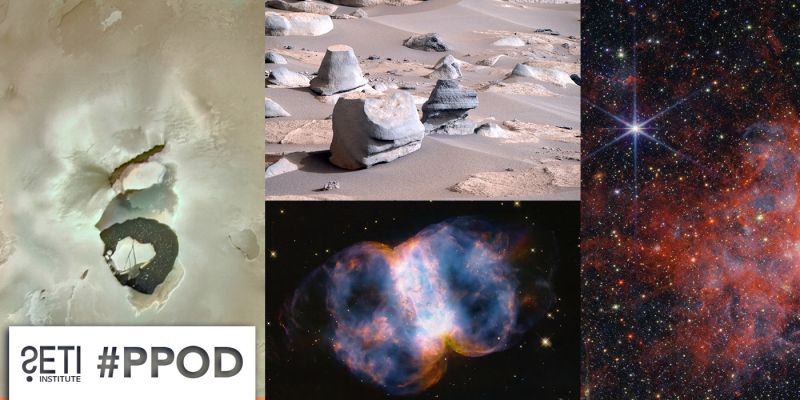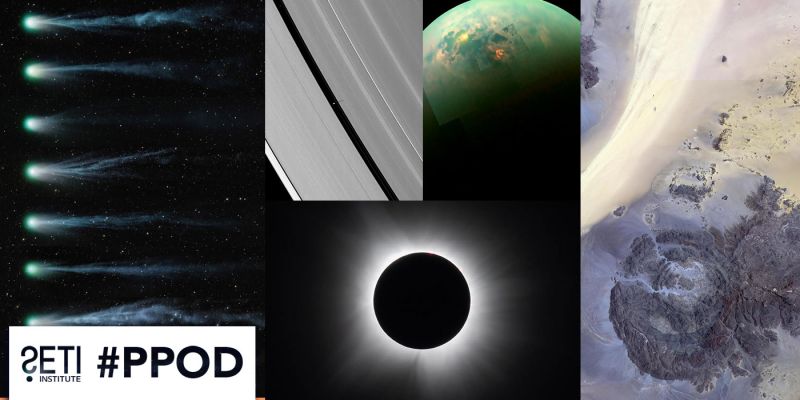In addition to the Perseids, many new meteor showers have been discovered by the SETI Institute's CAMS project.
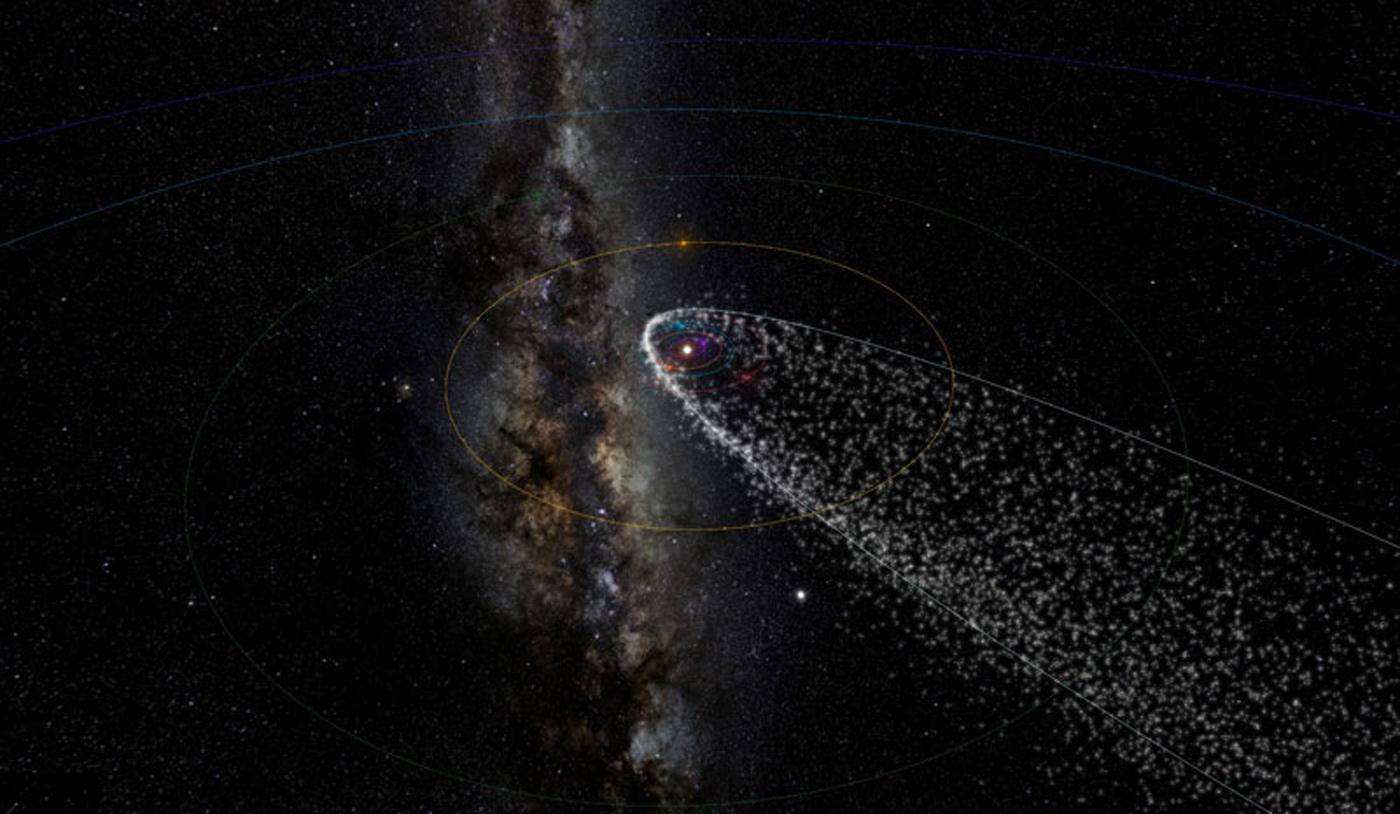
Update: Although the Perseid meteor shower peaked last weekend, it will still be visible in the sky into September. Not only that, autumn is generally an excellent time of year for viewing meteors.
This coming weekend, 12th-13th of August, is a great opportunity to enjoy the Perseid meteor shower because the light from the Moon will not disturb the view. The Moon will not disturb in the early evening. Most meteors will appear late Saturday night (Sunday morning), after midnight, in clear skies and away from city lights.
The Perseid meteor shower is caused by meteoroids, bits of solid matter ejected from Swift-Tuttle comet. To see how those meteoroids moved in space before entering Earth's atmosphere, check out this website showing the latest data collected by NASA's Cameras for Allsky Meteor Surveillance (CAMS) project.
"Aside from the Perseids, there are nearly 500 other meteor showers throughout the year," says meteor astronomer and CAMS principal investigator Peter Jenniskens of the SETI Institute. "Many minor meteor showers have now come into focus."
Since the website was launched in January, the CAMS database has grown from 110,000 to 470,000 meteoroid orbits. Programmer Ian Webster has transformed these CAMS-detected orbits into a stunning display that shows all detected minor streams in space.
"The orbits were measured by low-light video cameras that track meteors moving through the upper layers of Earth's atmosphere," says Jenniskens. "From the direction and speed of the glowing meteoroid, its orbit in space was calculated."
Jenniskens coordinates a network of video surveillance cameras in the San Francisco Bay Area in California. The new dataset also contains results from the LO-CAMS camera network in Arizona, led by Nick Moskovitz of Lowell Observatory, the CAMS New Zealand network led by Jack Baggaley of the University of Canterbury in Christchurch, the CAMS BeNeLux camera network led by amateur astronomers Carl Johannink and Martin Breukers, the United Arab Emirates Camera Network led by Mohammad Odeh of the International Astronomical Center in Abu Dhabi, and from smaller networks in Florida (Andy Howell) and Maryland (Peter Gural).

